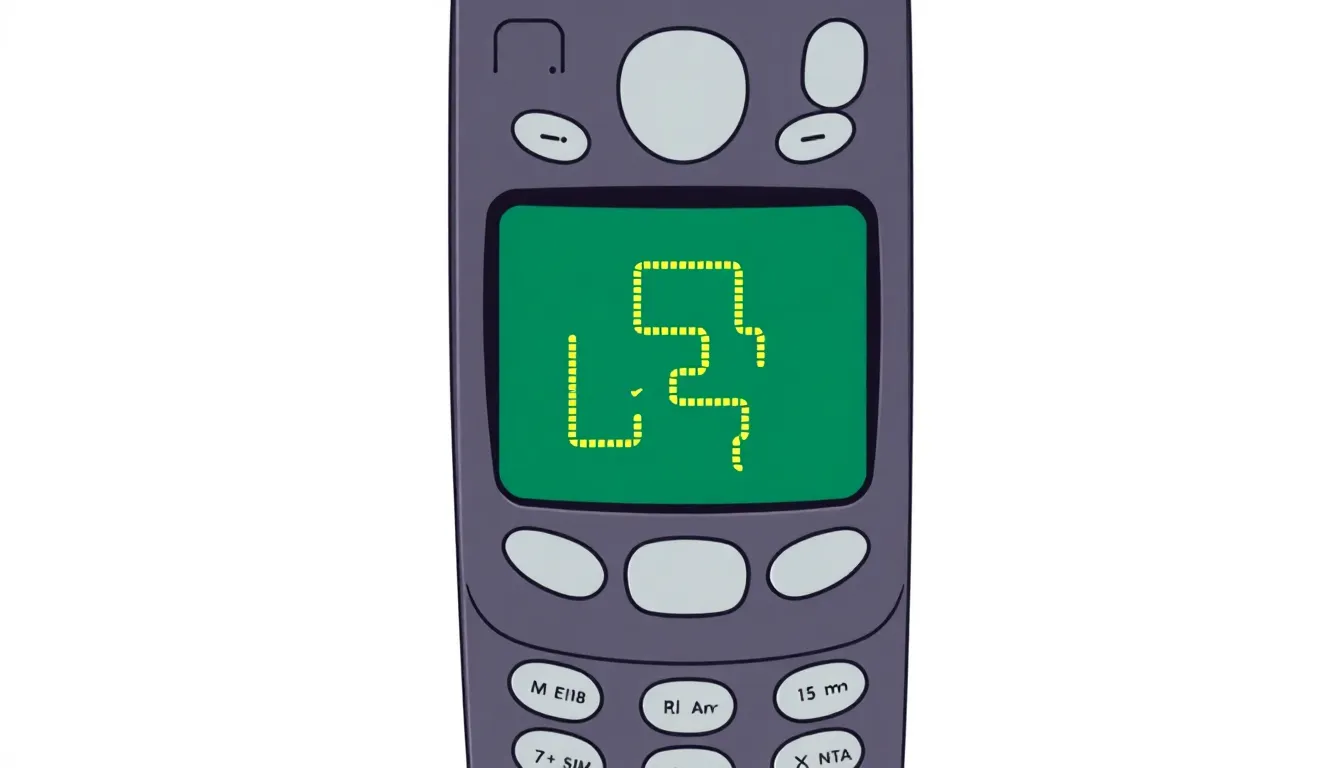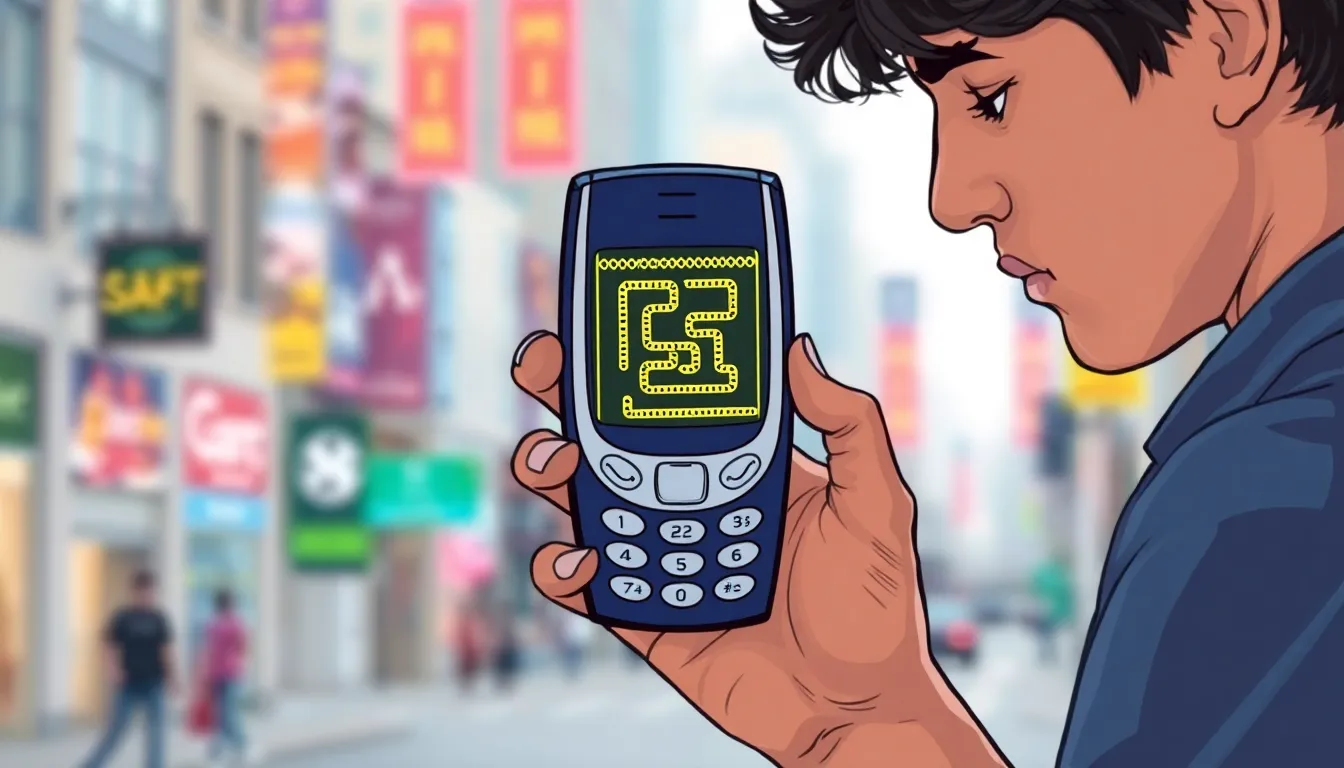In a world where smartphones rule and gaming is just a tap away, it’s hard to imagine a time when mobile games didn’t exist. Yet, lurking in the shadows of tech history is the story of the very first mobile game. It may not have had the flashy graphics or immersive storylines of today’s blockbusters, but it set the stage for an entire industry that’s now worth billions.
First Mobile Game
Mobile gaming originated with the advancement of mobile technology, paving the way for the first games accessible on handheld devices. Innovations in wireless communication and portable technology set the stage for gaming to evolve beyond traditional consoles and PCs.
Emergence of Mobile Technology
Mobile phones began integrating features beyond voice communication during the late 1990s. The introduction of SMS and color screens significantly enhanced user experience. In 1999, the launch of the Nokia 6110 marked a turning point. This model featured the iconic game Snake, captivating users and demonstrating the potential of mobile gaming. By 2003, the rise of smartphones further revolutionized the gaming landscape. Devices like the Blackberry and early Motorola models became essential, enabling more complex gaming experiences.
Early Game Development
Game development for mobile devices initially focused on simplicity. Developers created games for Java-based platforms, which allowed multimedia capabilities on a range of mobile phones. Titles like Tetris and Monopoly gained traction as they catered to casual gaming preferences. Companies such as Gameloft and Glu Mobile emerged, creating mobile versions of popular franchises. By 2007, the introduction of Apple’s iPhone revolutionized mobile gaming altogether. This significant leap showcased touch interfaces, which led to a burst of engaging app-based games.
The First Mobile Game

The first mobile game changed the gaming landscape. Released with the Nokia 6110 in 1997, Snake captured user attention instantly. This game featured simple graphics yet delivered engaging gameplay that kept players hooked. Players controlled a pixelated snake, navigating a grid while consuming food to grow longer. The challenge lay in avoiding collisions with the walls and the snake’s own body, creating a thrilling experience.
Release and Features
Nokia launched Snake as a built-in game, showcasing its capabilities. Availability on the Nokia 6110 marked a significant milestone for mobile gaming. The game featured basic graphics and sound effects, appealing to users seeking entertainment during downtime. Players appreciated the ease of access, as the game required no additional downloads or purchases. Simplicity defined its release, allowing it to reach a broad audience. The success of Snake paved the way for future mobile game development efforts.
Gameplay Mechanics
Gameplay mechanics focused on easy controls and intuitive design. Players navigated the snake using the device’s directional keys. Gradually increasing speed added challenge and excitement. Players aimed for high scores, making the game competitive. Each consumed item made the snake grow, complicating navigation. The layout remained consistent, ensuring players could quickly grasp the gameplay. Snake’s mechanics encouraged repeated play sessions, establishing mobile games as a staple in entertainment.
Impact on the Gaming Industry
The introduction of mobile games marked a transformative period for the gaming industry. Snake’s straightforward gameplay served as a launchpad for innovations that followed.
Mobile Gaming Evolution
Mobile gaming evolved significantly after Snake. Touchscreen smartphones enabled more advanced graphics and gameplay experiences. By leveraging the existing audience from earlier games, developers expanded into richer narratives and complex mechanics. Enhanced hardware in devices allowed for immersive graphics, giving rise to popular franchises such as Angry Birds and Candy Crush. With the introduction of app stores, accessibility surged, making diverse titles available at users’ fingertips. As a result, mobile gaming grew from simple games into a dynamic sector, attracting millions of players across various demographics.
Influence on Game Design
Game design underwent a notable shift due to mobile gaming. Developers focused on intuitive controls, catering to casual gamers. Elements like short play sessions became essential, aligning with modern lifestyles. Games now often balance accessibility with depth, creating enjoyable experiences for short bursts of play. The emergence of freemium models changed monetization strategies, allowing free access while offering in-game purchases. Innovative storytelling techniques often blend engaging narratives with interactive gameplay, enhancing player investment. As a direct consequence, mobile gaming now influences broader game development trends, encouraging a mix of simplicity and creativity.
Legacy of the First Mobile Game
The first mobile game, Snake, left a lasting legacy that significantly influenced mobile gaming culture. Its basic yet captivating gameplay resonated with users, helping to popularize mobile gaming as a mainstream form of entertainment.
Cultural Significance
Snake served as a cultural phenomenon in the late 1990s. It marked the transition from traditional handheld gaming to mobile gaming on phones. Public spaces buzzed with players competing for high scores, strengthening social interactions. Many users fondly recall their Snake experiences as formative moments in mobile entertainment. Its simplicity made it accessible to a broad audience, including those unfamiliar with video games. As one of the earliest games available on mobile devices, it laid the foundation for a burgeoning gaming culture.
Comparison with Modern Mobile Games
Modern mobile games differ greatly from Snake. Advanced graphics and intricate storylines now characterize the gaming landscape. Today’s titles frequently employ complex mechanics and immersive experiences, attracting diverse audiences. Developers focus on creating engaging narratives alongside unique gameplay elements. Unlike Snake’s simple controls, many current games require intricate skill sets. Accessibility remains important in both eras; however, modern games often leverage sophisticated technology for deeper engagement. Consumer preferences have shifted, leading to the rise of multiplayer experiences and continuous updates in mobile gaming.
Conclusion
The journey of mobile gaming began with Snake and its simple yet addictive gameplay. This early title not only showcased the potential of mobile technology but also set the stage for a thriving industry. As mobile devices evolved so did the complexity and engagement of games, transforming how players interact with entertainment.
Today’s mobile games reflect a balance of accessibility and depth, catering to a diverse audience. The legacy of Snake remains evident as it continues to inspire developers to innovate and push boundaries. Mobile gaming has come a long way since 1997, and its future promises even more exciting developments.
